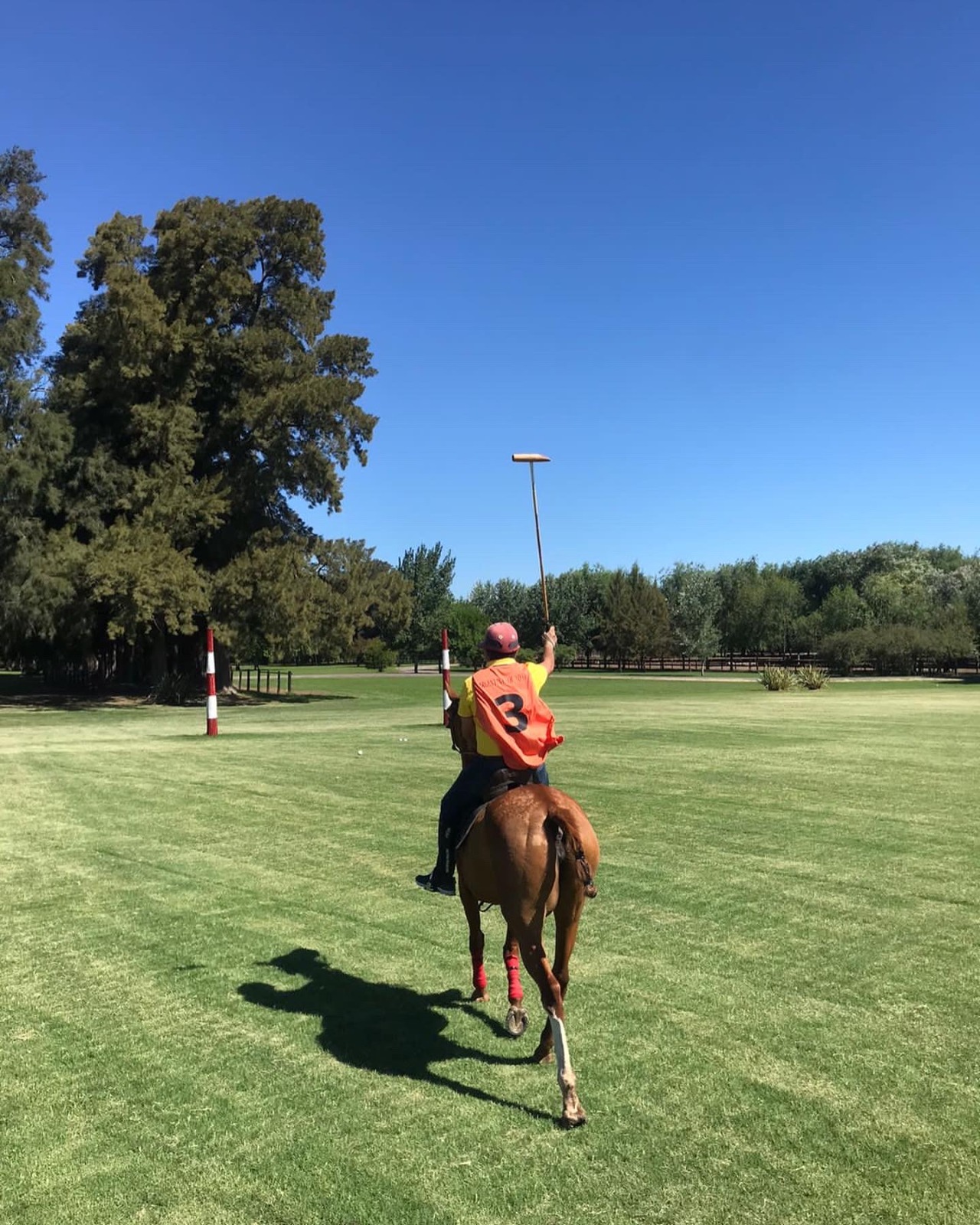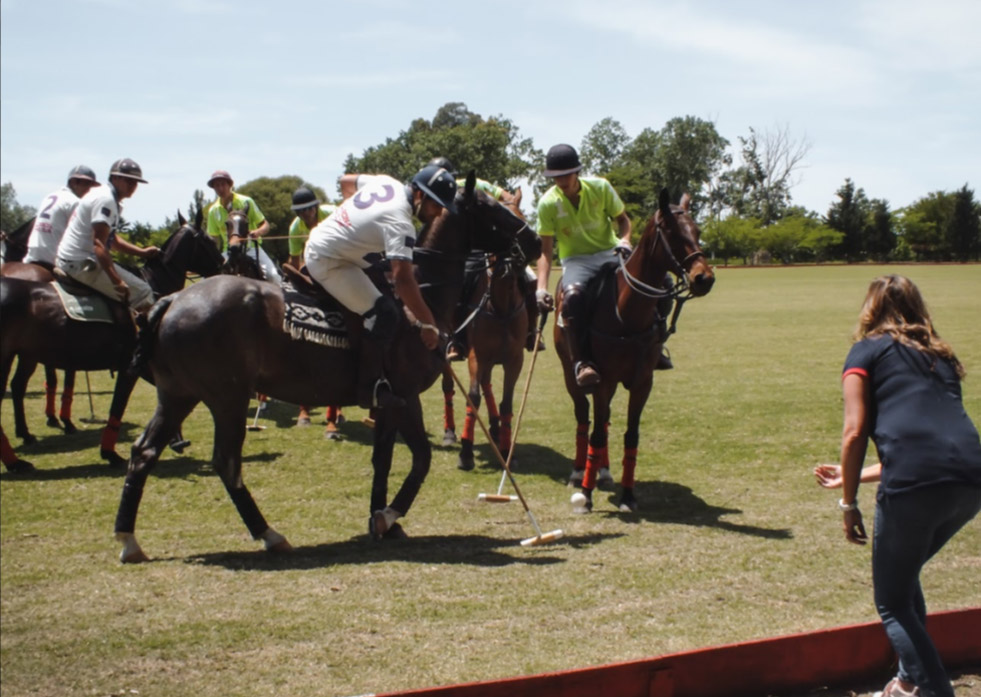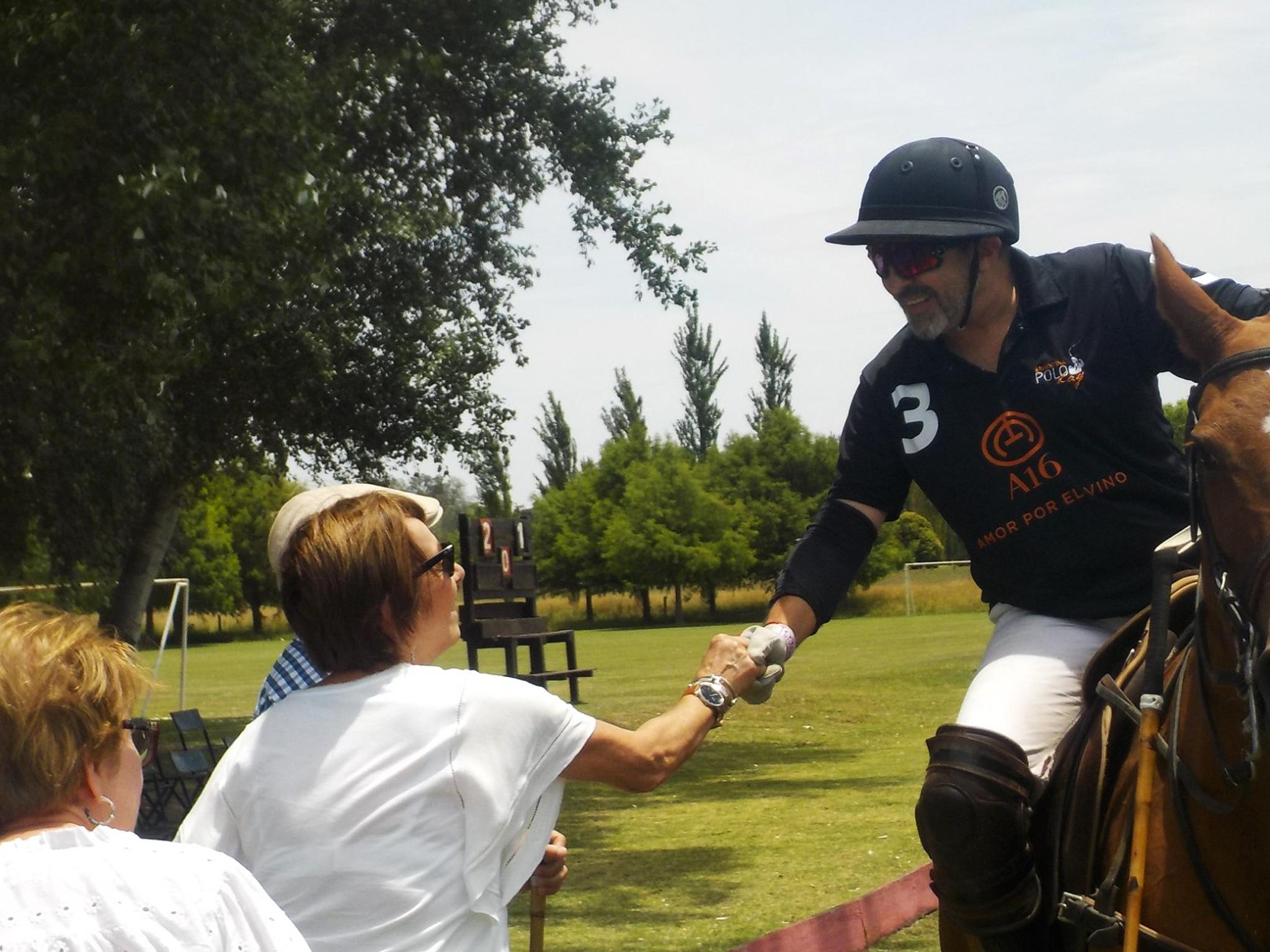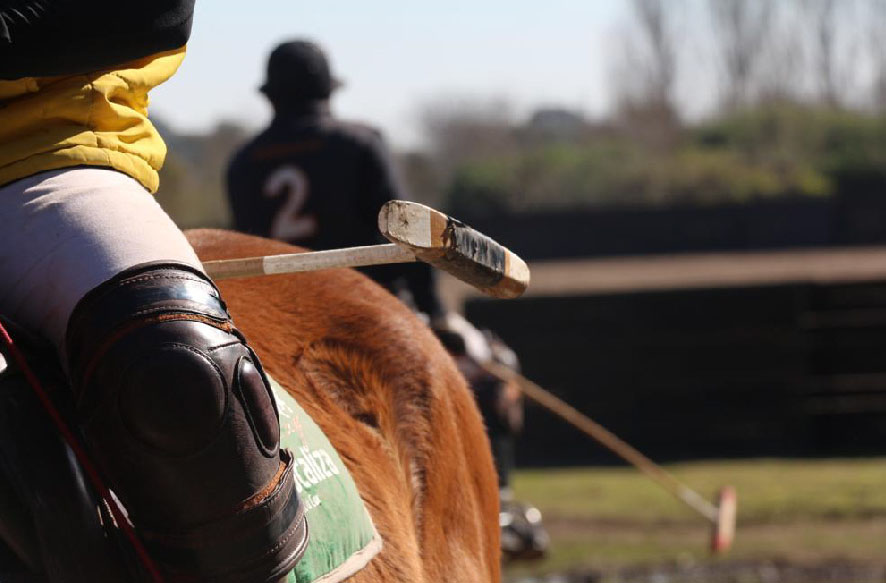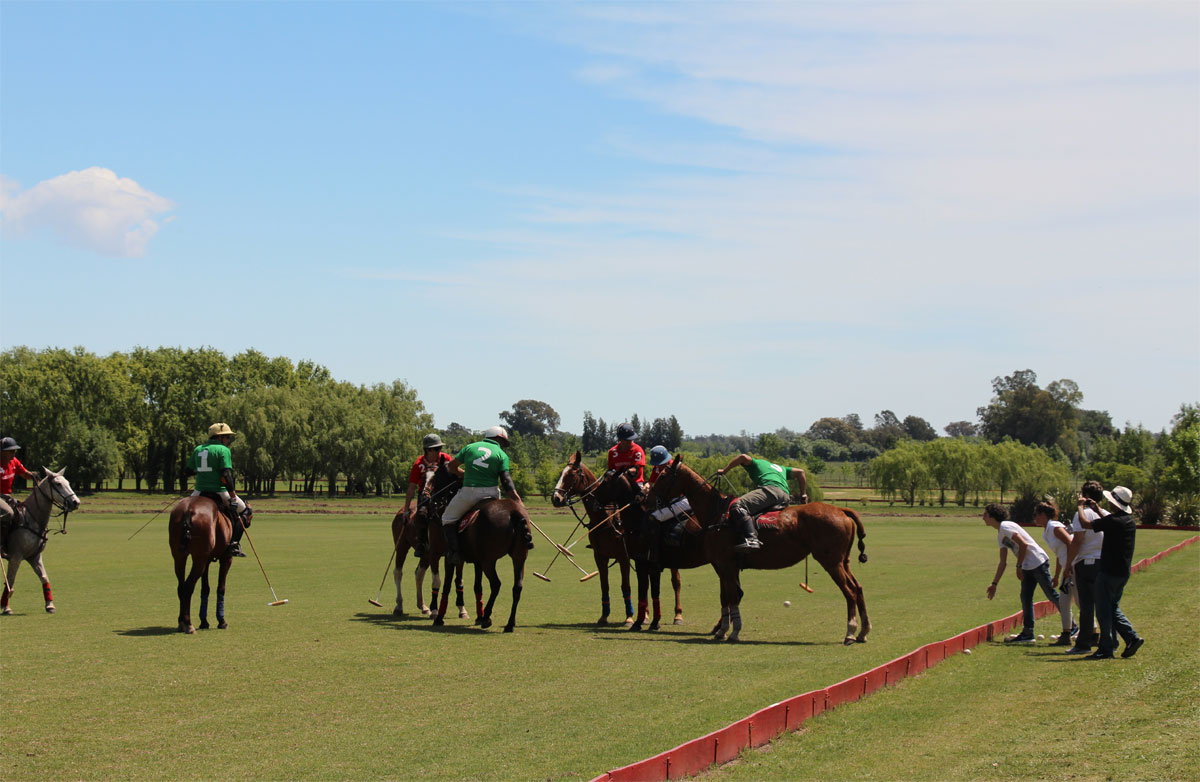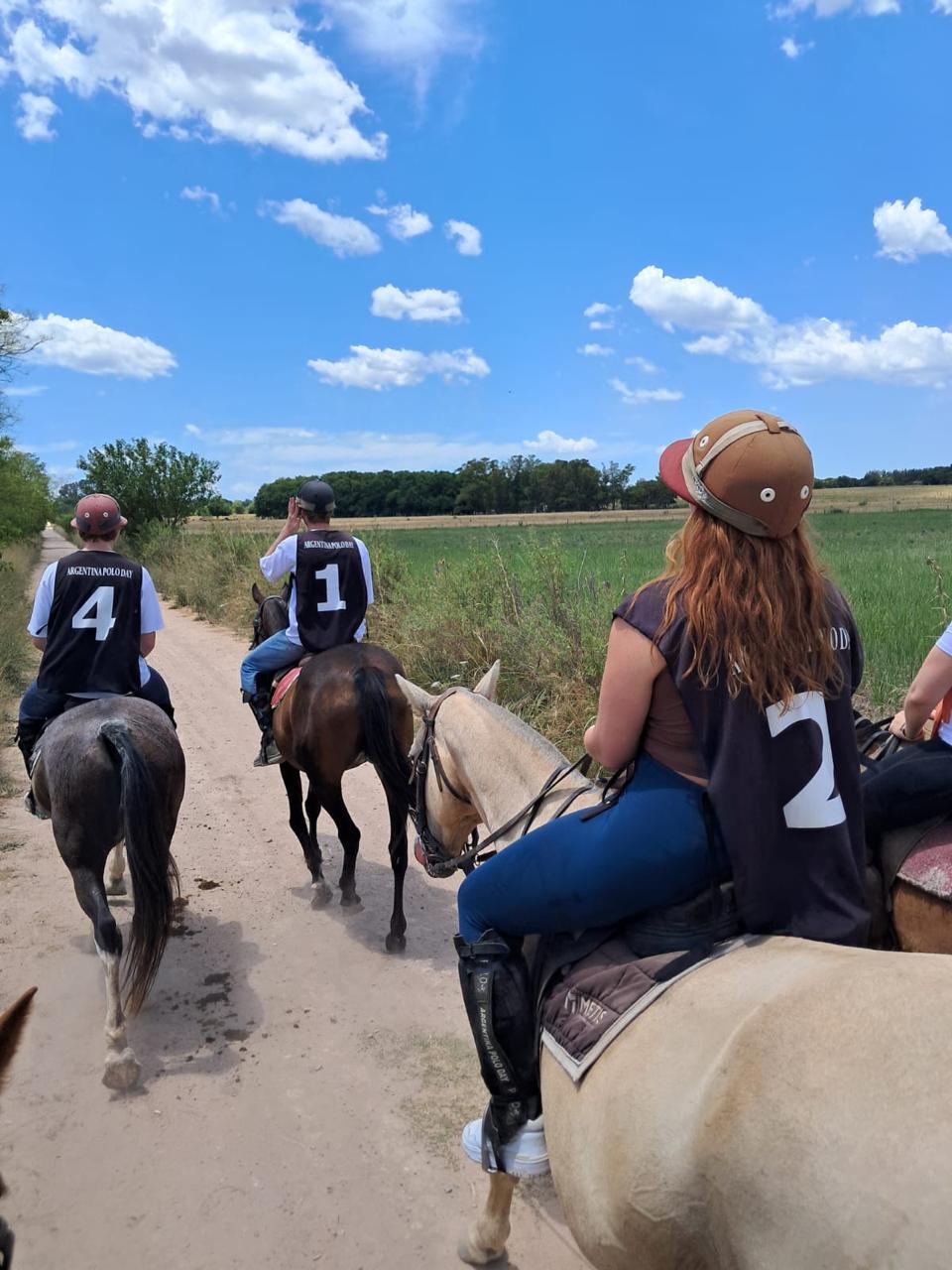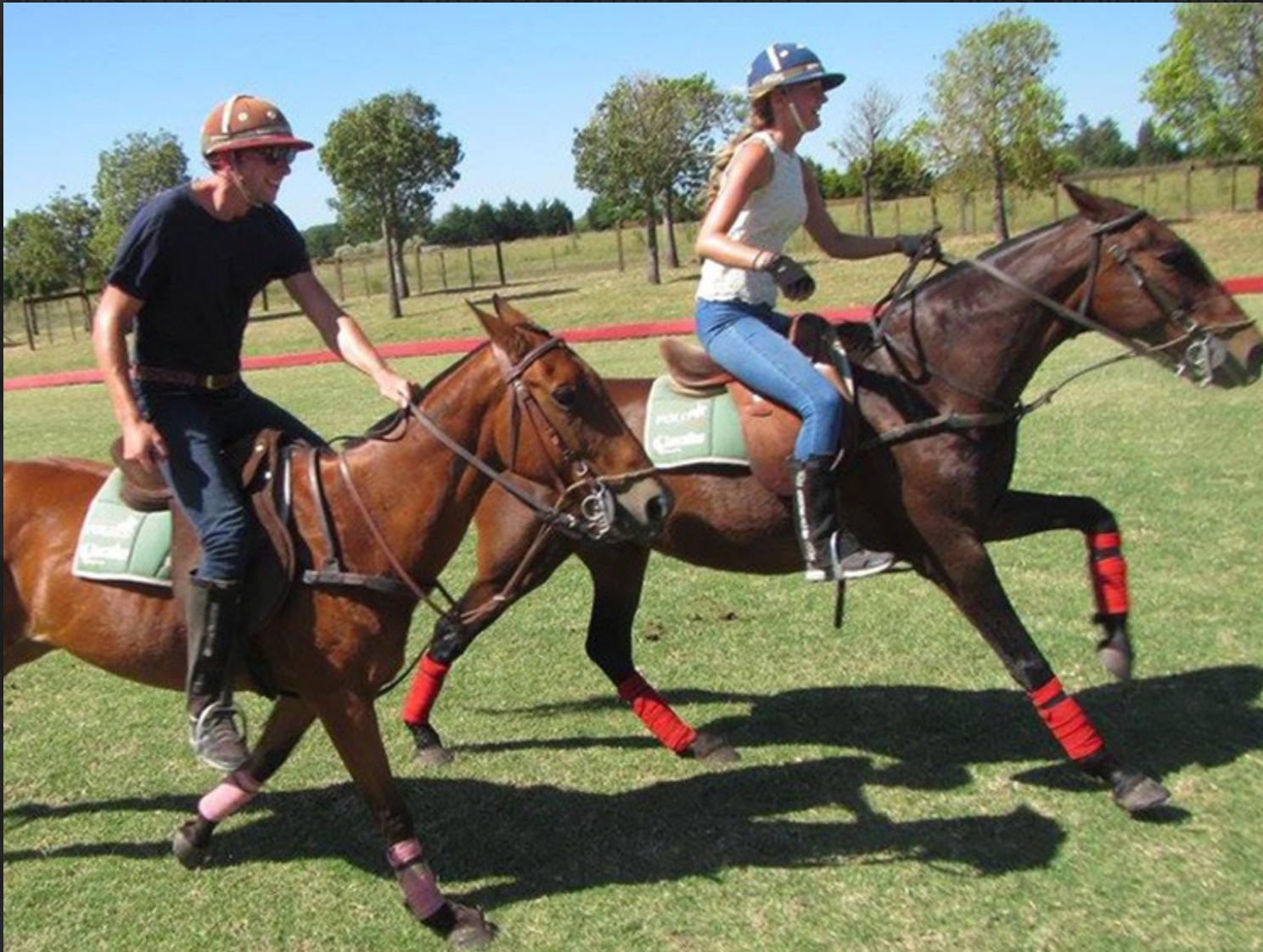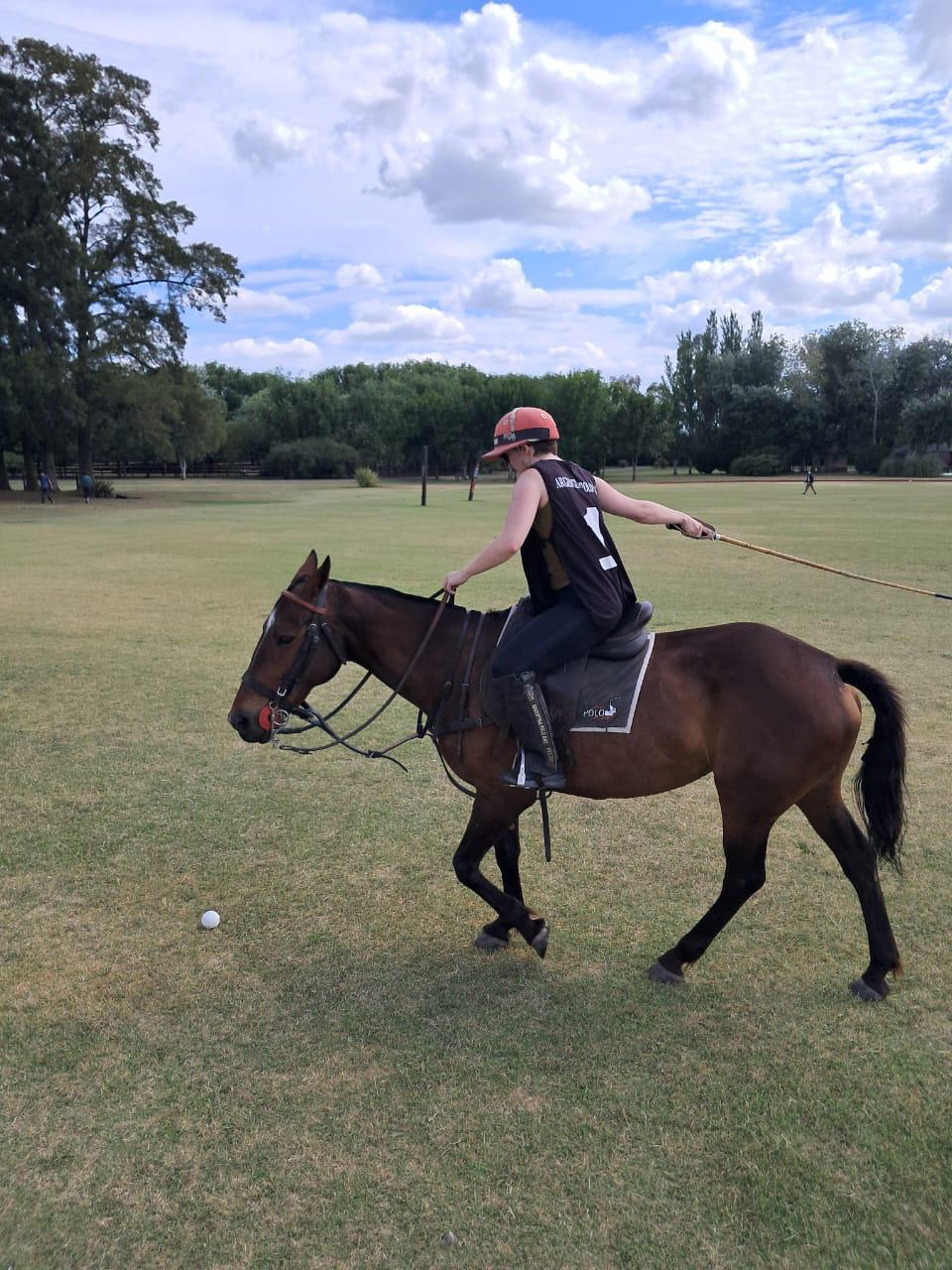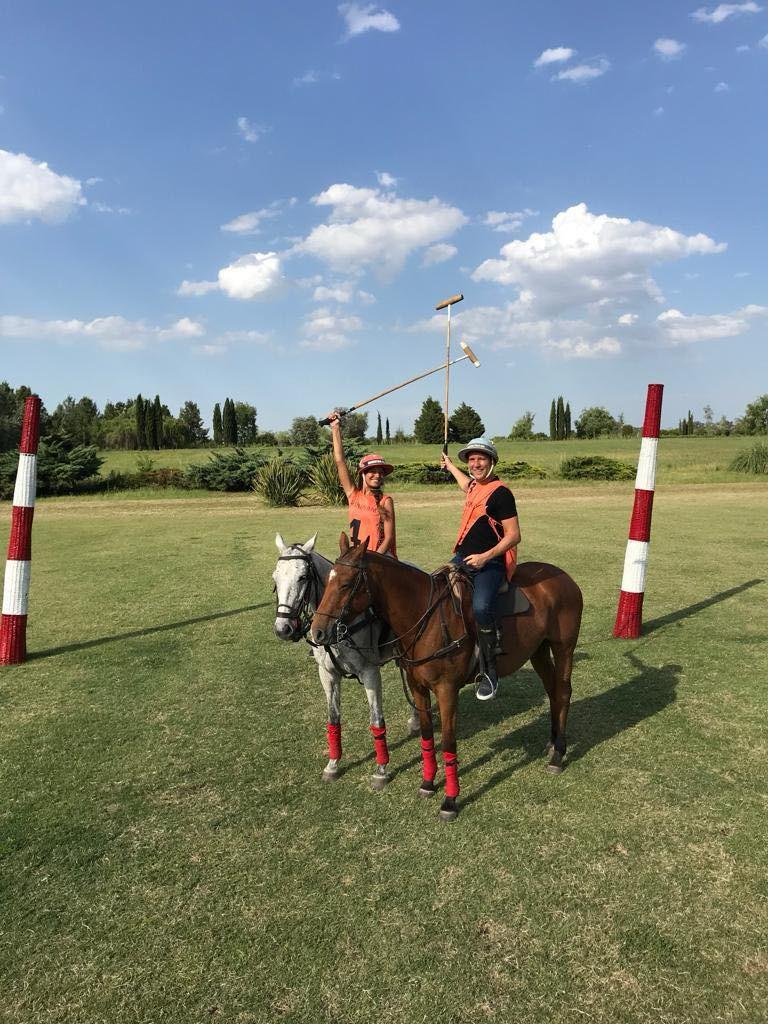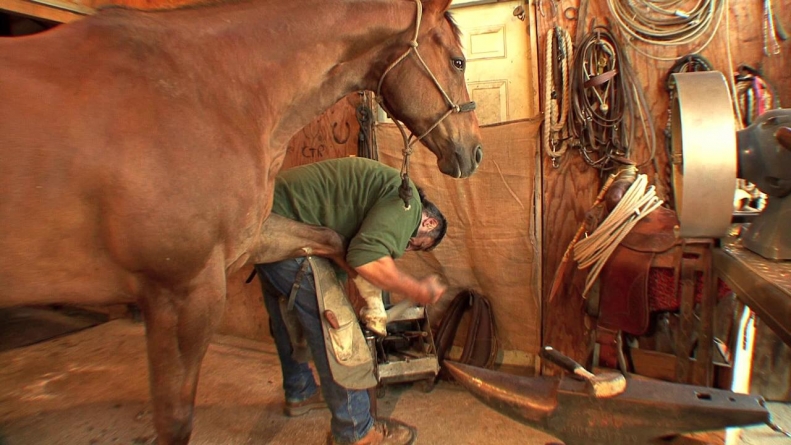-
What are Polo Day and Polo Night - 10 julio, 2025
-
What Are the Basic Rules of Polo? - 27 junio, 2025
-
Creando experiencias de alto valor - 6 junio, 2025
-
Encuentro positivo y productivo con Marca País Argentina - 6 mayo, 2025
-
Polo, vino y tradición: una colaboración que destaca lo mejor de Argentina - 8 abril, 2025
-
What Equipment Is Needed to Play Polo? - 25 marzo, 2025
-
Argentina Polo Day Magazine #4 - 14 marzo, 2025
-
What are the basic rules of polo? - 6 marzo, 2025
-
- 3 febrero, 2025
-
Argentina Horses: A Legacy of Strength and Grace - 27 enero, 2025
THE FARRIER, THE HORSE’S BLACKSMITH | LIVING POLO
If a polo horse is to have a good performance, it is very important to pay attention to its hooves. To improve this performance and prevent excessive wear in a horse’s hoof, it is necessary to attach an iron shoe to it. This activity is called farrier and is carried out by a blacksmith known as farrier.
The typical task of a farrier consists of removing the old horseshoe using a tool called «shoe puller”, which is similar to a pincer. The next step involves trimming the hoof wall to a proper length with a plier called «nippers”, and cleaning and trimming the sole and frog of the hoof with a hook knife. After that, the horseshoes are bent into the proper shape of each hoof by using a hammer and anvil.
Following this process, the farrier nails the shoe into the hoof wall, cuts off the sharp nail points and bends the rest of the nail so it is almost flush with the hoof wall. Lastly, he eliminates the nail edges by using a large rasp file to smooth the edge. Sometimes, the farrier will also attach a pad (a protective device made of metal, leather or plastic) between the horseshoe and the foot. A horse should be checked by a farrier every four weeks.
Source: Argentina Polo Day

